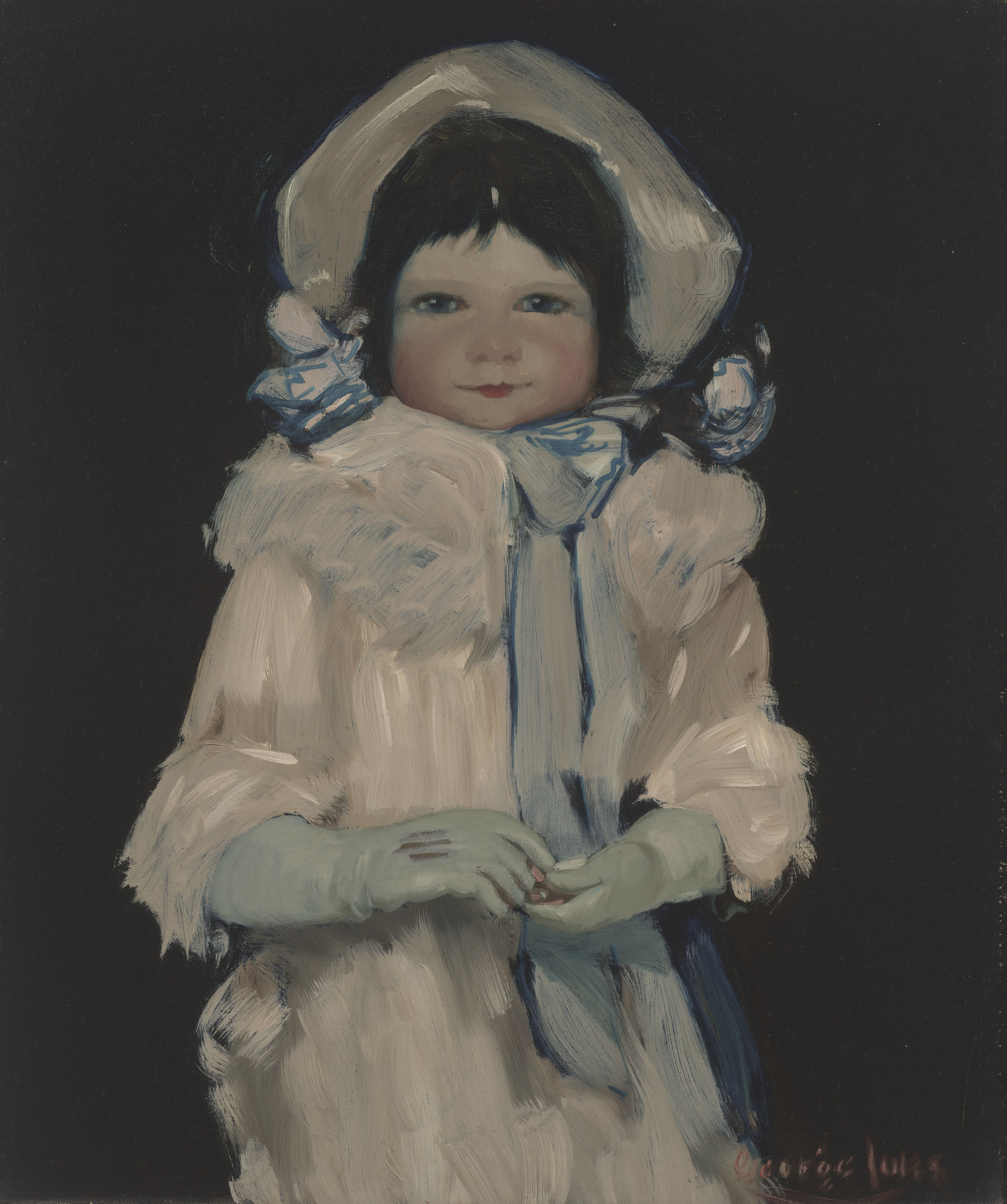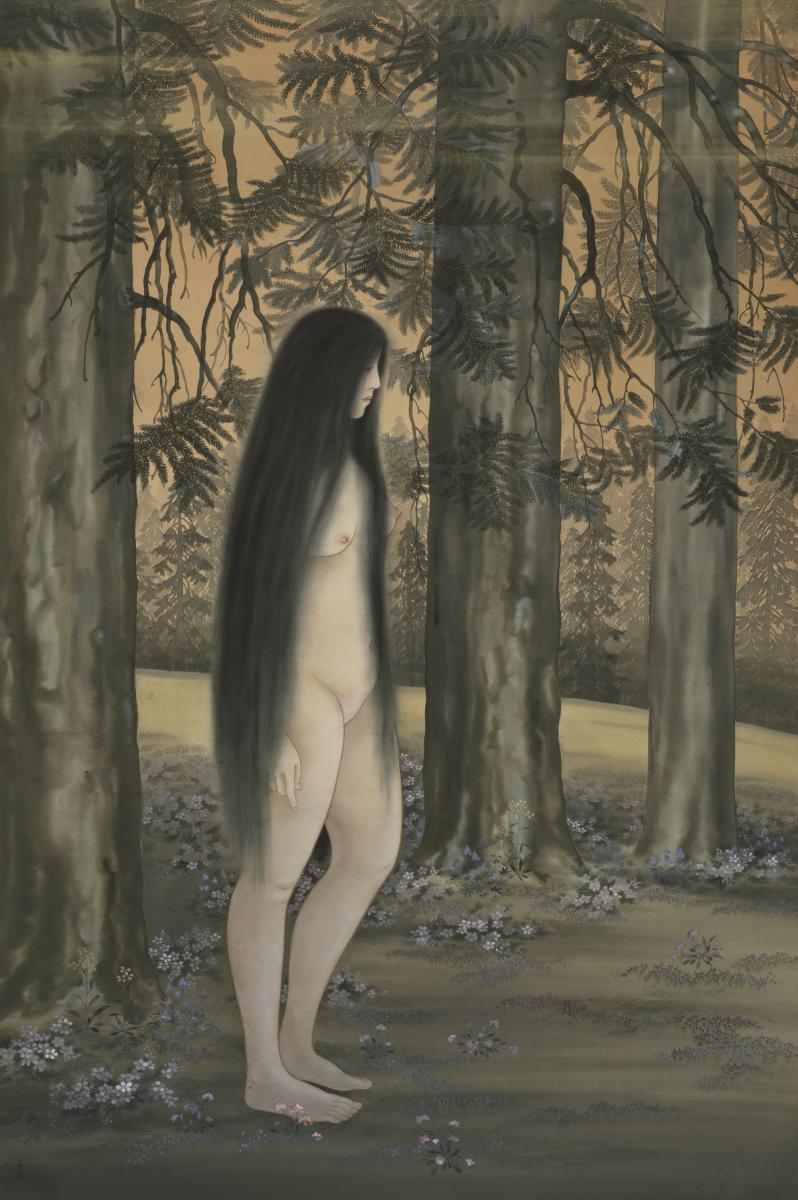Seaweed and Surf, Appledore, at Sunset

What does this artist emphasize in this painting?
Despite its small size and isolation, Maine’s Appledore Island played a large role in Hassam’s life, shaping the course of his career and artistic development. The writer Nathaniel Hawthorne described Appledore, “it seems as if some of the materials of the world remained superfluous, after the Creator had finished, and were carelessly thrown down here, where the millionth part of them emerge from the sea, and in the course of thousands of years, have got partially bestrewn with a little soil.”


